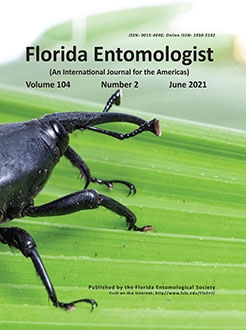Species within genus Xyleborus Eichhoff (Curculionidae: Scolytinae) live in a feeding symbiosis with ambrosia fungi and present inbreeding polygyny with highly biased sex ratios and sexual dimorphism in size. Here we evaluate the expression of sexual dimorphism, the allometric effect on shape variation, and the morphological integration of 2 body structures (elytra and pronotum) in Xyleborus affinis (Eichhoff) (Curculionidae: Scolytinae) under controlled growth conditions (26 °C, 60% RH, and continuous darkness), using geometric morphometrics. Differences between sexes from statistical multivariate tests indicate the presence of sexual size and shape dimorphism in both structures, with the largest differences and shape variability presented in the pronotum. We found significant developmental integration of both structures (morphological covariation) and no significant differences in allometric trends between sexes. The results suggest a specific allometric pattern in X. affinis that could be constrained by genetic or phylogenetic factors. However, quantification of shape and size variation could help to determine the differential effects of environmental stress between sexes during growth in this species. This approach could be valuable for monitoring populations of other Xyleborus species living in contrasting environmental conditions, given their wide geographical distributions and the vast amount of host plant species with which they interact.
How to translate text using browser tools
16 August 2021
Evaluating Sexual Dimorphism in the Ambrosia Beetle Xyleborus affinis (Coleoptera: Curculionidae) Using Geometric Morphometrics
Sandra M. Ospina-Garcés,
Luis Arturo Ibarra-Juarez,
Federico Escobar,
Andrés Lira-Noriega

Florida Entomologist
Vol. 104 • No. 2
June 2021
Vol. 104 • No. 2
June 2021
ambrosia fungi
morphological variation
Scolytinae
secondary sexual characters
wood boring beetles




